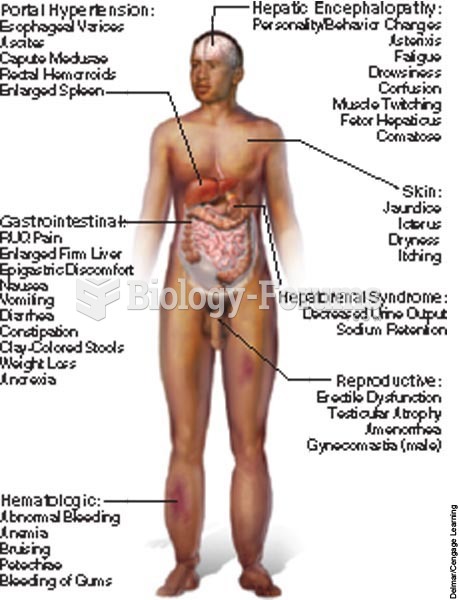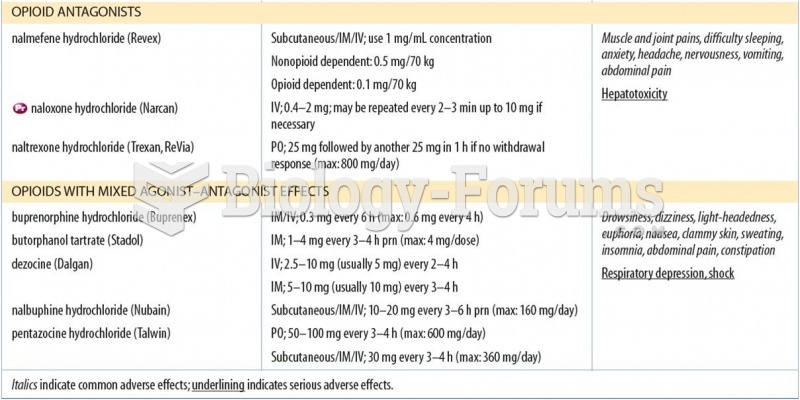|
|
|
Cyanide works by making the human body unable to use oxygen.
On average, the stomach produces 2 L of hydrochloric acid per day.
It is difficult to obtain enough calcium without consuming milk or other dairy foods.
The Food and Drug Administration has approved Risperdal, an adult antipsychotic drug, for the symptomatic treatment of irritability in children and adolescents with autism. The approval is the first for the use of a drug to treat behaviors associated with autism in children. These behaviors are included under the general heading of irritability and include aggression, deliberate self-injury, and temper tantrums.
HIV testing reach is still limited. An estimated 40% of people with HIV (more than 14 million) remain undiagnosed and do not know their infection status.







